The Independent's journalism is supported by our readers. When you purchase through links on our site, we may earn commission.
Charleston guide: Where to eat, drink, shop and stay in this idyllic port city
It’s described as ‘America’s favourite city’ for a reason
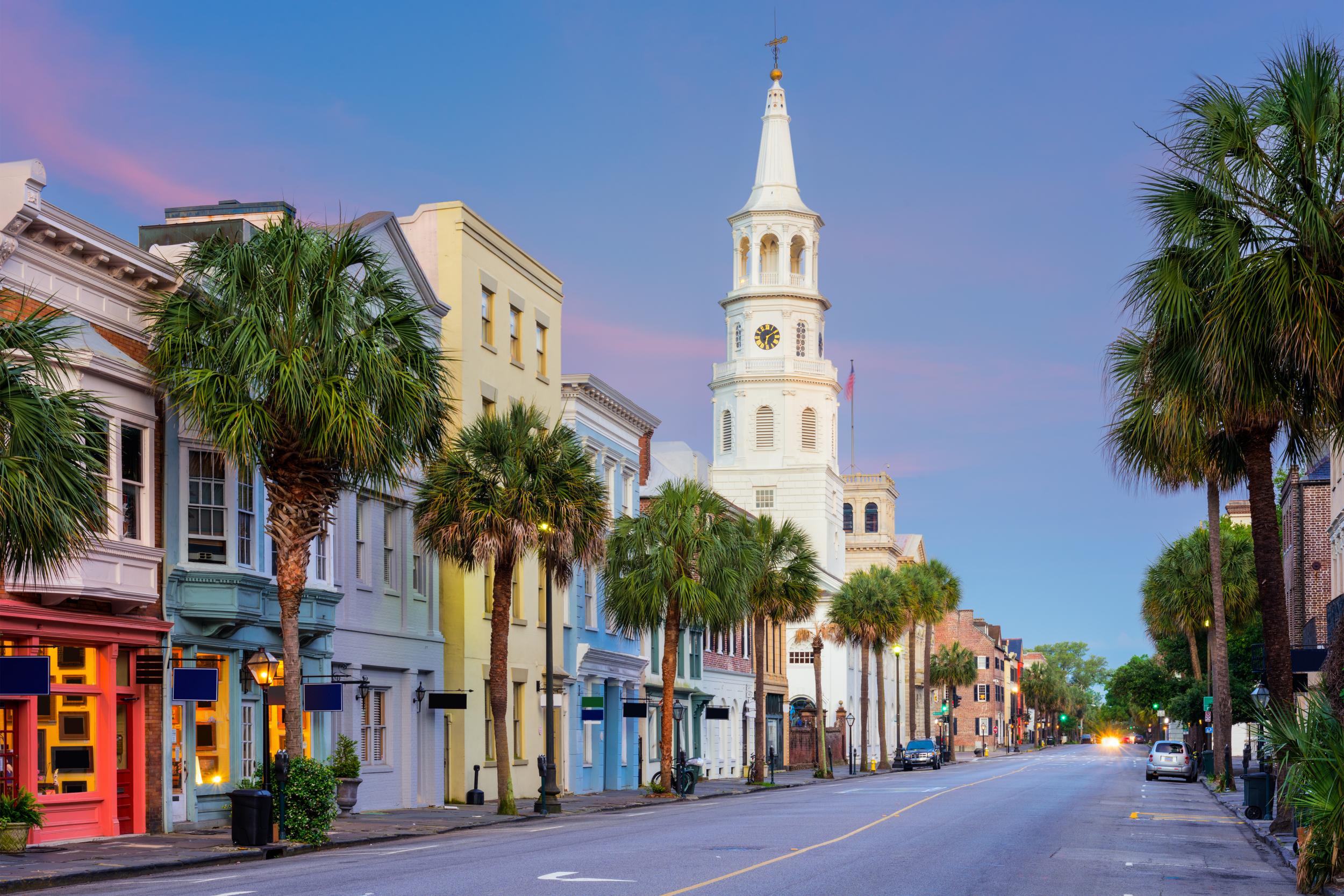
Your support helps us to tell the story
This election is still a dead heat, according to most polls. In a fight with such wafer-thin margins, we need reporters on the ground talking to the people Trump and Harris are courting. Your support allows us to keep sending journalists to the story.
The Independent is trusted by 27 million Americans from across the entire political spectrum every month. Unlike many other quality news outlets, we choose not to lock you out of our reporting and analysis with paywalls. But quality journalism must still be paid for.
Help us keep bring these critical stories to light. Your support makes all the difference.
Rarely has a city captured the imagination quite like Charleston, a port town set on a peninsula in the low-lying South Carolina flatlands.
There’s plenty to love about this idyll in the American south (it’s regularly described as America’s favourite city). From wandering through the birthday cake-coloured historic downtown streets; to swaying gently on a rocking chair on a porch of an old clapboard house; to exploring layers of history and its pencil-thin church spires: this is a place that encourages a second look. Uniquely for America, the heart of the historic downtown core is entirely walkable... if you don’t want to clop about on a traditional horse and carriage ride, that is. And the beach is just a 20-minute drive.
In spring 2019, British Airways launched twice-weekly direct flights to the South Carolinan city, departing on Thursday afternoon and returning Monday morning, offering the intoxicating opportunity for a weekend break.
What to do
See the Pineapple Fountain
A sweet, if rather odd, icon of Charleston is the Pineapple Fountain frothing in the Waterfront Park. In the hot summer months, it’s also a good place to cool off, and local kids enjoying splashing about in it. The pineapple is the defacto icon of Charleston: it’s believed that on one of his voyages to America, Christopher Columbus discovered the fruit and brought it back to Europe.
Wander Rainbow Row
Ground zero of Charleston’s cutesy Historic District, which stretches down to oak tree-shaded White Point Park, is the pastel row of houses that make up Rainbow Row on East Bay Street. A stretch of 13 fondant fancy-coloured townhouses, the longest stretch of Georgian houses in America, line up prettily with white shutters and historic plaques. Just follow the gaggle of Instagrammers taking selfies.
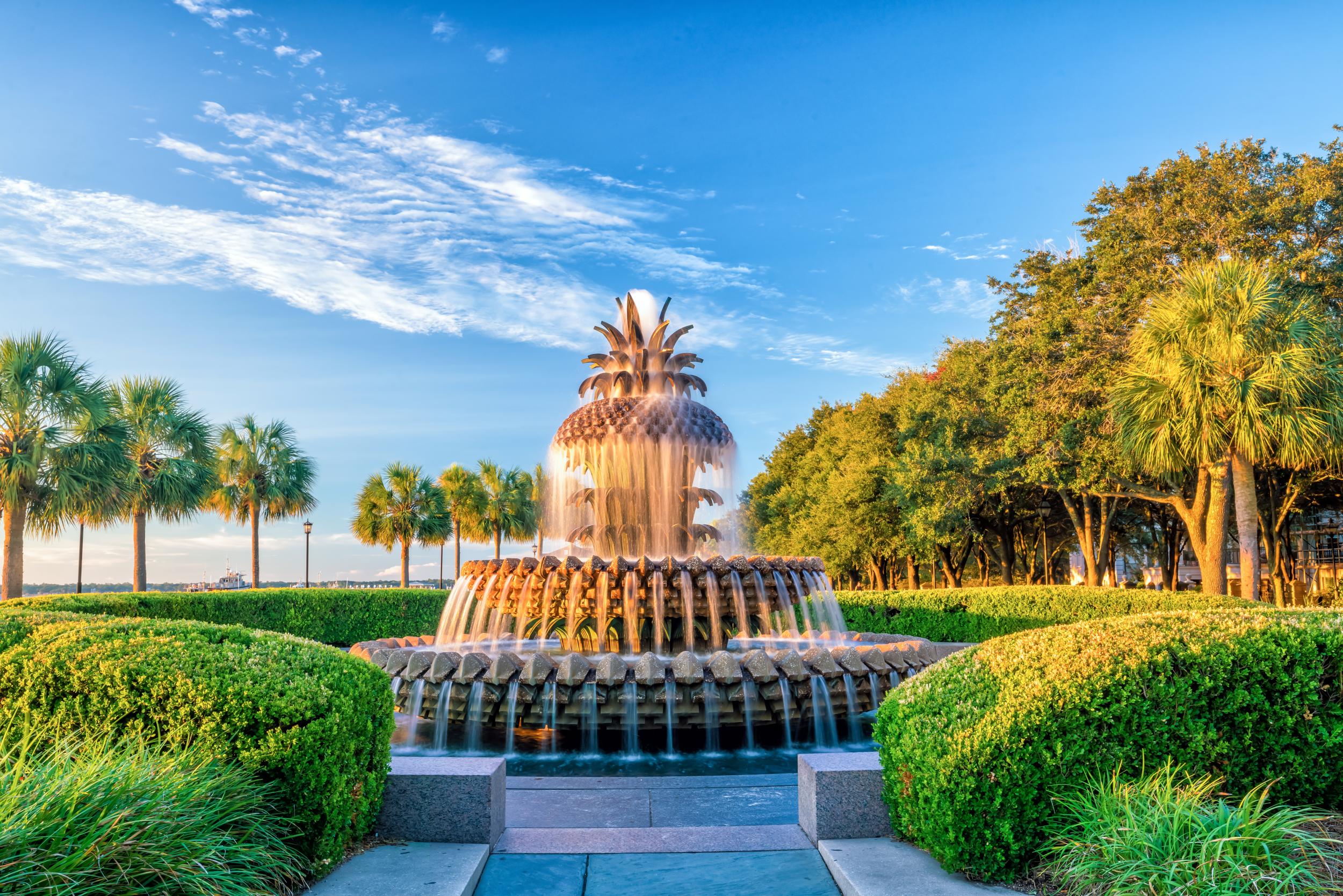
Visit the Old Slave Mart Museum
This city, like many in the American south, has a complicated relationship with slavery. This history is examined to some degree at the Old Slave Mart Museum on Chalmers Street in the Historic District. It’s built on the site of the former slave mart, believed to be the last slave auction facility in the state. Open Monday to Saturday, 9am-5pm; entry $8.
Snoop around a historic house
The Historic Charleston Foundation maintains a number of historic houses in downtown Charleston. There are plenty to choose from, but perhaps the grandest are the Nathaniel Russell house, the Georgian double-style Heywood-Washington house and the buttermilk yellow Aiken-Rhett mansion, where governor of South Carolina William Aiken Jr once lived.
Explore the Lowcountry
The Lowcountry – the coastal, marshy lands that stretch from South Carolina into Georgia further south – is picture-perfect with dripping Spanish moss, forests of oak trees and heat like an electric blanket.
Palmetto Bluff, two hours’ drive south from Charleston towards Savannah, Georgia, is set in the midst of this marshland and home to the upscale resort of Montage Palmetto Bluff, where alligators prowl the waters and “porching” is a local sport. Rooms from $405 a night, B&B.
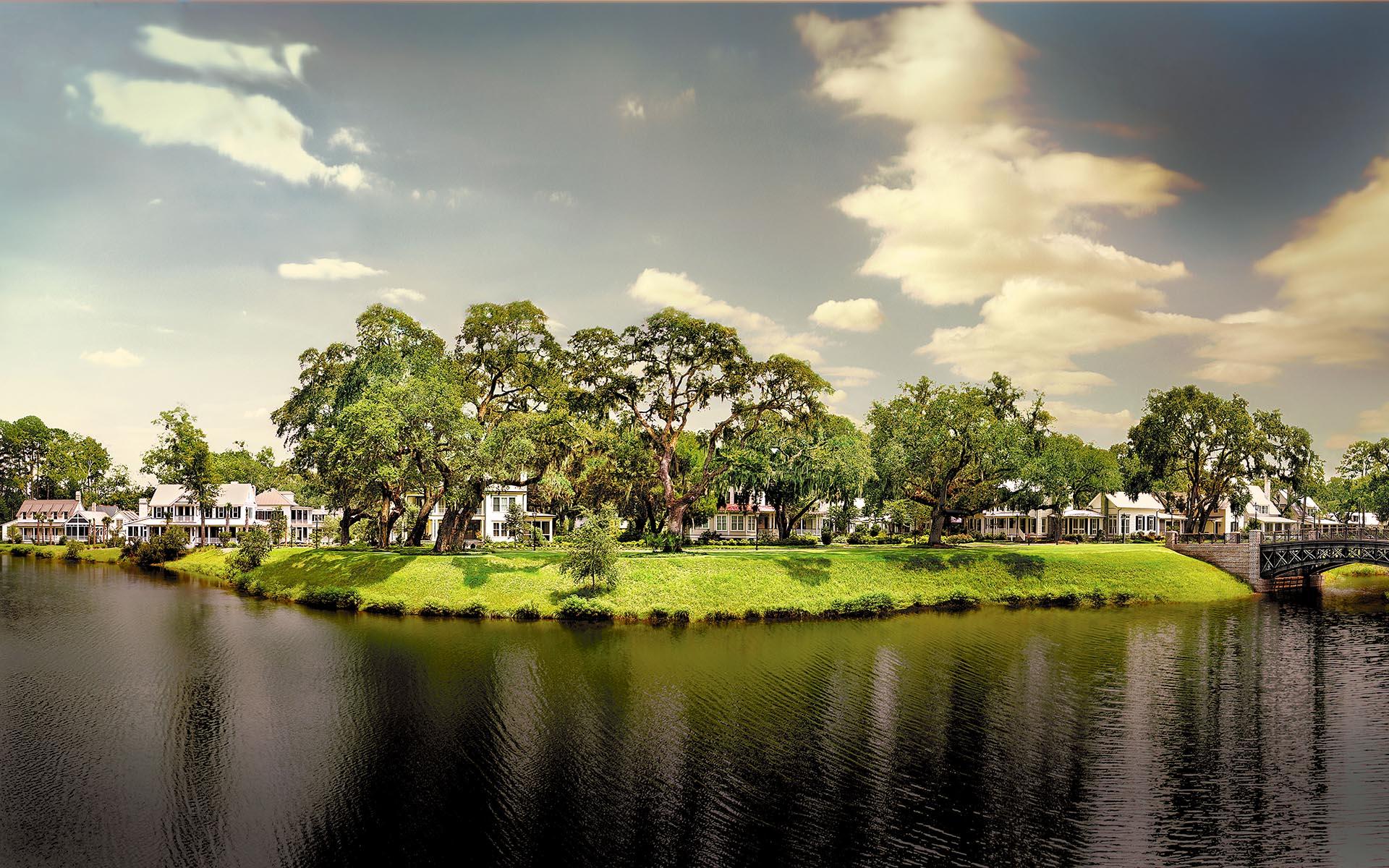
Trot around town in a horse-drawn carriage
The quintessential Charleston thing to do is to be pulled around the shaded historic streets in a traditional horse-drawn carriage. In an hour-long narrated tour, carriages set off from Anson Street and go on a random route chosen by a bingo ball. Tours cost $25 per person.
Where to stay
The Dewberry, a dowdy former federal building from the outside, is a whirr of mid-century flair inside: think burgundy leather banquettes and armchairs, period features and a giant metal-worked map of South Carolina on the wall. There’s a boutique outpost of beloved southern magazine Garden & Gun on the ground floor and Henrietta’s brasserie serves reimagined Lowcountry cuisine. Rooms from $246, room-only.
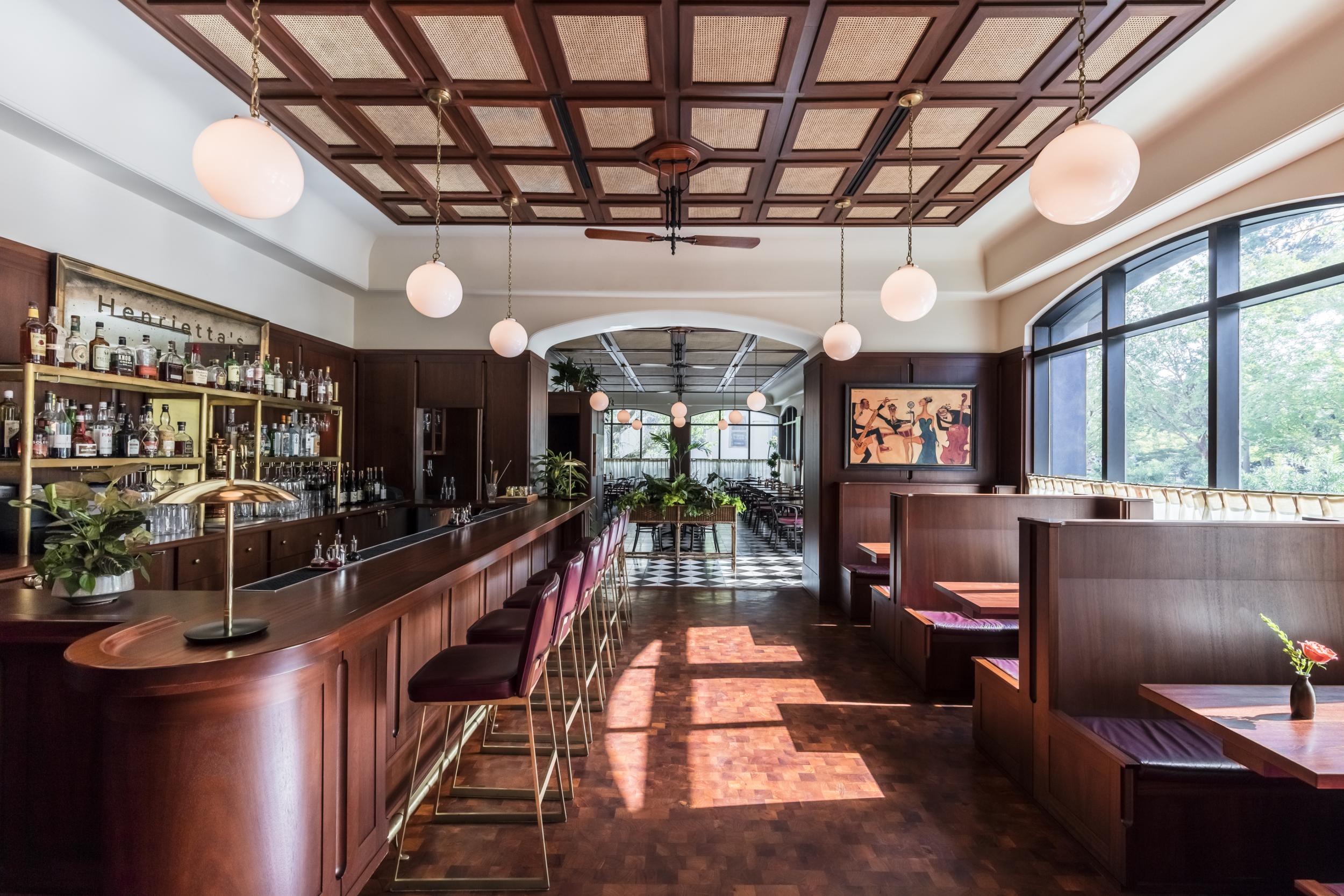
Hotel Bennett, which calls itself the south’s “grandest hotel”, has a far more luxury vibe with a grand lobby and bowls of tightly packed flowers. If you’re not staying, come for a coupe at the baby-pink champagne bar. Rooms from $314, room only.
Where to eat
Slightly North of Broad (or Snob for short) does a decent line in fun southern cuisine on the well-trodden East Bay Street in the Historic District. The shrimp and grits, a quintessential southern dish, comes with giant prawns and creamy local grits (a sort of minced corn) packed with plenty of flavour. Brunch is popular, so book ahead.
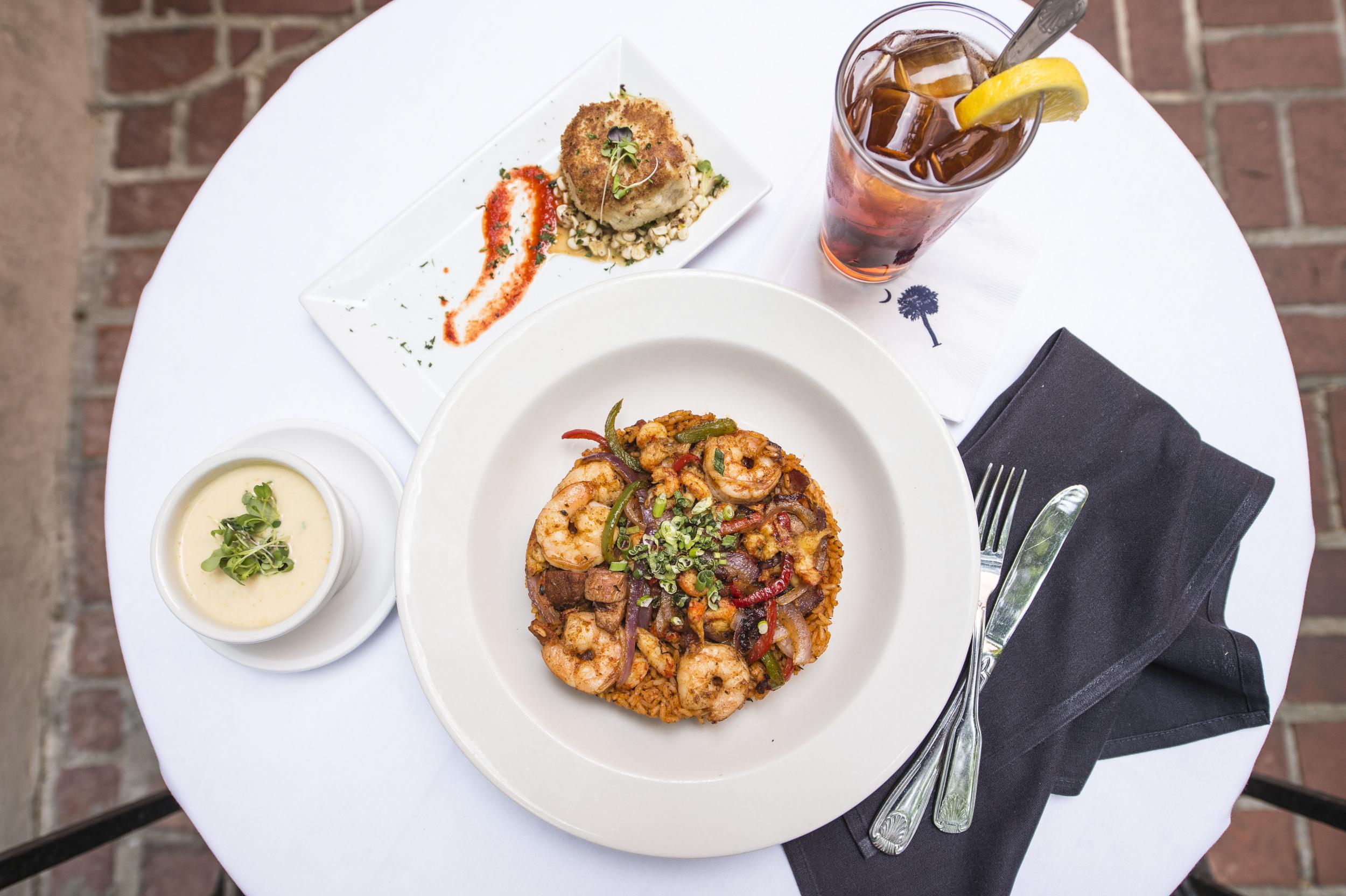
Henrietta’s, on the ground floor of the Dewberry, is an upscale French-American brasserie ideal for a smart-casual dinner or weekend brunch. Belly-busting options include cheddar biscuits or buttermilk fried chicken and waffles.
Be prepared to queue for the fresh-fresh-fresh seafood at 167 Raw, which is first come, first served. Oysters, clams, shrimps and lobster rolls are very much the order of the day here.
Where to drink
Eight floors above the Dewberry is playful cocktail lounge Citrus Club, serving look-at-me concoctions such as the frozen pina colada and the Polynesian pearl diver. You can only get up here either by being a guest of the hotel or by booking in advance. Open Wednesday to Sunday, 2-10pm.
In a secret space just off East Bay Street is the dark speakeasy Gin Joint, which sorts its cocktails into categories such as “strong and stirred” and “not for the faint at heart”. Bar snacks include a cheese selection and roasted bone marrow. Between 5-7pm daily, cocktails are just $5. Open Monday to Wednesday 5pm-12am; Thursday 3pm-12am; Friday to Saturday 3pm-2am; Sunday 3pm-12am.

Blue clapboard-fronted Second State Coffee is the place to sit among Charleston’s movers and shakers while propping up a heart pine wood table sipping a cold brew. Open Monday to Friday, 7am-7pm; Saturday to Sunday, 8am-6pm.
Where to shop
Crossing four blocks in the Historic Quarter is the fan-cooled Charleston City Market, which first opened in 1804. Today it sells trinkets such as local art, ceramics, coffee and clothing – if you need a souvenir, this place is the first place to look.
Every Saturday morning, Marion Square hosts a farmers’ market selling food and local art.
King Street is one of Charleston’s main spines and home to big American brands including Madewell, Sephora and Anthropologie.
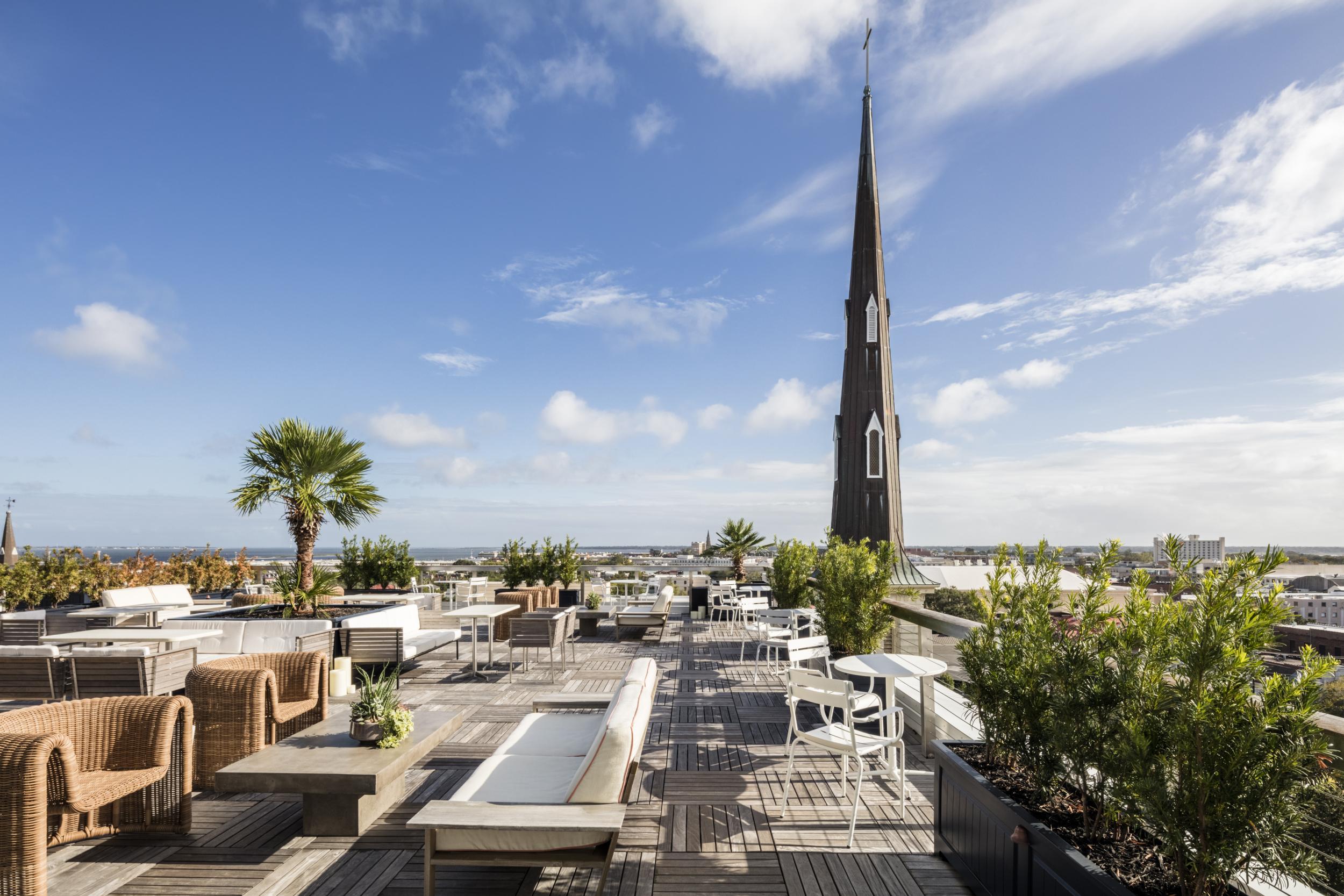
Architectural highlight
There’s a riot of architectural styles in Charleston, ranging from Art Deco and Queen Anne to Italianate and Gothic Revival, but the one defining style is the “single house”, which are all over the Historic Quarter, usually hiding under a the shade of an oak tree. They are narrow, single-room houses that date back to the 1800s.
Nuts and bolts
What currency do I need?
US dollars.
What language do they speak?
English.
Should I tip?
There is a strong tipping culture, where 20 per cent on top of any restaurant or bar bill is expected. It might occasionally be added on already, in which case you only need to add extra if you were particularly impressed with the service.
What’s the time difference?
Four hours behind GMT.
What’s the average flight time from the UK?
British Airways runs a twice-weekly direct service from London Heathrow to Charleston, which takes nine hours. Fares start from £500 return.
Public transport
Ride-sharing services such as Uber and Lyft are your best bet.
Best view
Charleston isn’t a tall city (if you discount the church spires, of which there are hundreds) so from Citrus Club atop the Dewberry Hotel, there are 360 degree views across the city and the impressive Arthur Ravenel Jr cable-stayed bridge to the beaches beyond.
Insider tip
Dolphins ply the waters just outside Charleston. Regular boat tours depart from the harbour, and while you’re not guaranteed to see them, there’s a high chance you will.
Travel essentials
Scott Dunn offers a seven-night trip to South Carolina from £2,800pp, including three nights at The Dewberry in Charleston, four nights at Montage Palmetto Bluff, return British Airways flights, transfers and a selection of experiences.
Join our commenting forum
Join thought-provoking conversations, follow other Independent readers and see their replies
Comments